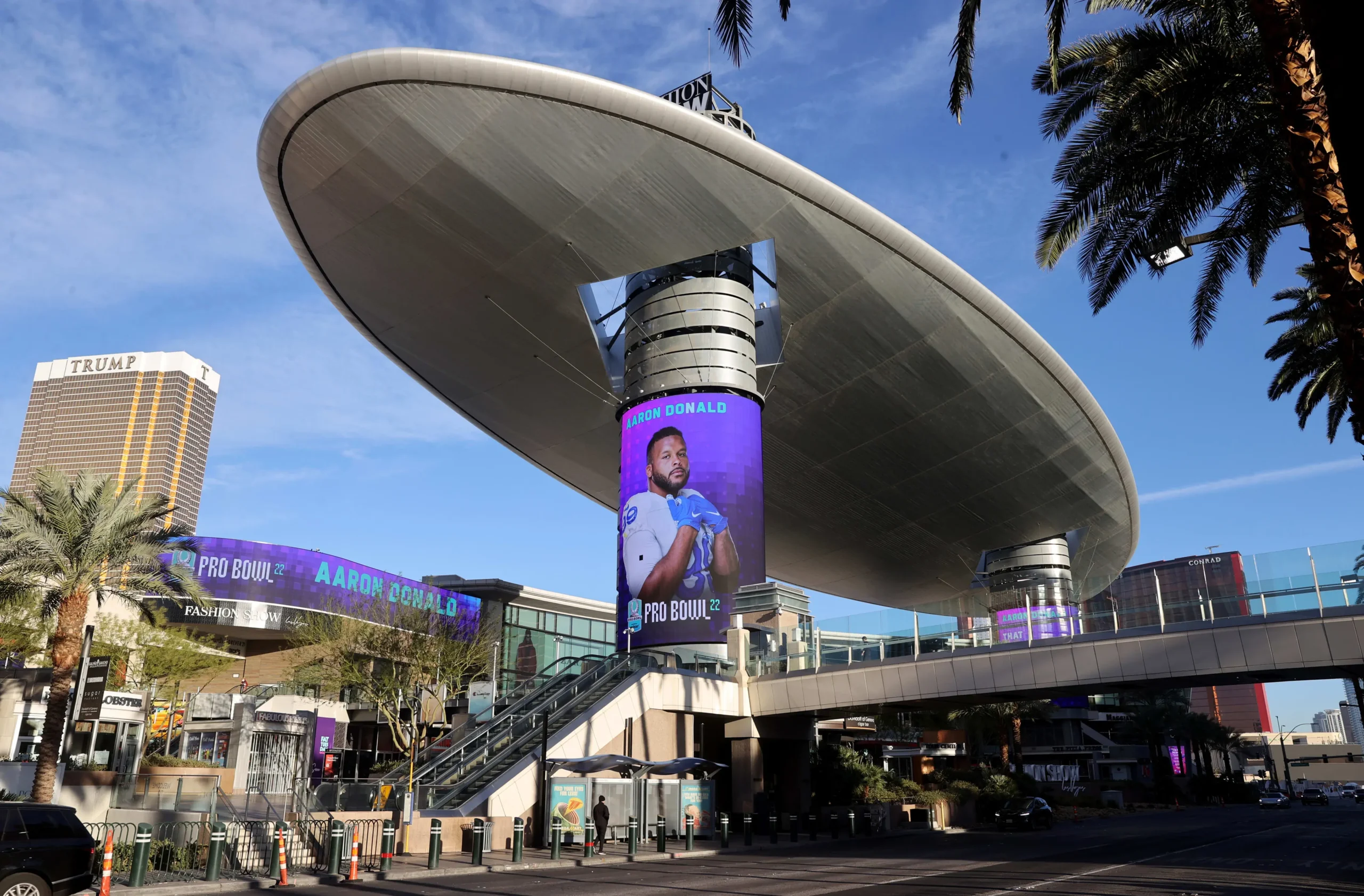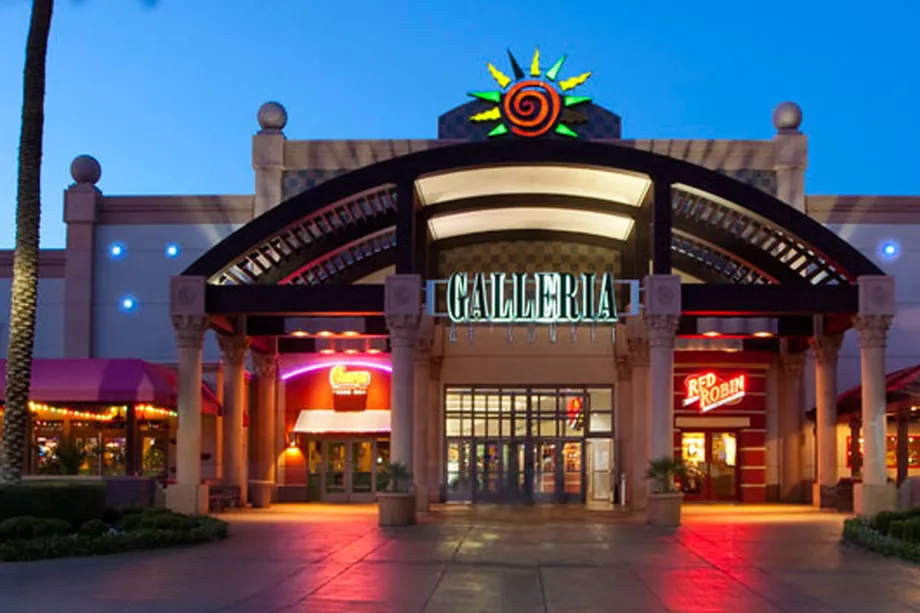Experiential Marketing: Creating Impact with Brand Activations, Pop-Up Events, Immersive Experiences, and Sponsorship Activation
Introduction
Experiential marketing is a strategy that focuses on creating memorable and interactive experiences to engage consumers directly. It allows brands to forge a strong emotional connection with their audience, making the marketing message resonate deeper than conventional advertising methods. This guide delves into the elements of experiential marketing, including brand activations, pop-up events, immersive experiences, and sponsorship activation, offering insights on how these strategies can be effectively implemented to captivate and engage customers.
1. Brand Activations
Brand activations are marketing events or interactions that aim to create a lasting impact on the consumer, effectively ‘activating’ the brand within the market. These are typically designed to generate awareness and engagement through direct personal experience.
Benefits:
- Enhanced Brand Awareness: Activations help to increase brand visibility and awareness in a saturated market.
- Customer Engagement: Direct interaction with the brand fosters stronger customer engagement and loyalty.
- Viral Potential: Unique and enjoyable activations have the potential to go viral, extending the reach beyond the immediate audience.
Best Practices:
- Creative Integration: Ensure that the activation is creatively aligned with the brand’s core values and message.
- Interactive Elements: Incorporate interactive elements that engage customers physically and emotionally.
- Social Media Integration: Design activations with shareable moments that encourage participants to extend the experience on social media.
2. Pop-Up Events
Pop-up events are temporary, unexpected events in unique spaces. They are used to attract the public’s attention and offer them an exclusive opportunity to interact with the brand in a novel environment.
Benefits:
- Exclusivity and Urgency: The temporary nature creates a sense of urgency and exclusivity, encouraging more immediate action from customers.
- Test New Markets: Pop-ups can be used to test consumer reactions in new markets without significant long-term investment.
- Direct Feedback: These events provide immediate customer feedback, which can be invaluable for future marketing strategies and product development.
Best Practices:
- Location Selection: Choose a location that maximizes visibility and foot traffic while staying relevant to the brand.
- Unique Experiences: Offer unique experiences that can’t be found elsewhere to draw in crowds and generate buzz.
- Seamless Brand Integration: Ensure the pop-up is a natural extension of the brand, maintaining consistency in presentation and quality.
3. Immersive Experiences
Immersive experiences engage the senses and emotions of the audience in an encompassing narrative that makes the brand interaction profoundly memorable.
Benefits:
- Deep Emotional Connection: Immersive experiences can create a deep emotional connection to the brand, enhancing customer loyalty.
- Memorable Branding: By engaging multiple senses, these experiences are more likely to be remembered than traditional marketing approaches.
- Enhanced Customer Understanding: Provides insights into customer preferences and behaviors through more in-depth interactions.
Best Practices:
- Storytelling: Use compelling storytelling to create a narrative that participants can emotionally connect with.
- Technology Utilization: Employ technologies like VR, AR, or AI to enhance the immersive quality of the experience.
- Participant-Centric Design: Design the experience around the participant, ensuring it is accessible, enjoyable, and engaging for all attendees.
4. Sponsorship Activation
Sponsorship activation involves leveraging a partnership with an event, organization, or personality to promote a brand. This strategy goes beyond logo placement, involving creative ways to engage and interact with the audience during the sponsored event.
Benefits:
- Targeted Reach: Access to specific demographics that align with the brand’s target market.
- Enhanced Credibility: Association with reputable events or personalities can increase brand credibility.
- Content Opportunities: Sponsorships provide content that can be used in various marketing channels, both during and after the event.
Best Practices:
- Alignment with Brand Values: Choose sponsorships that align with the brand’s values and appeal to its customer base.
- Active Engagement: Create active engagement opportunities for event attendees, rather than passive logo displays.
- Cross-Promotion: Utilize cross-promotional opportunities to maximize the sponsorship’s reach and impact.
Experiential marketing offers brands a dynamic way to interact with consumers, creating memorable experiences that foster emotional connections and loyalty. By implementing strategies such as brand activations, pop-up events, immersive experiences, and sponsorship activations, companies can engage consumers on a deeper level, resulting in higher levels of engagement and more effective brand promotion. These strategies, when executed well, can transform passive observers into active participants and brand advocates, amplifying the impact of traditional marketing efforts.


















